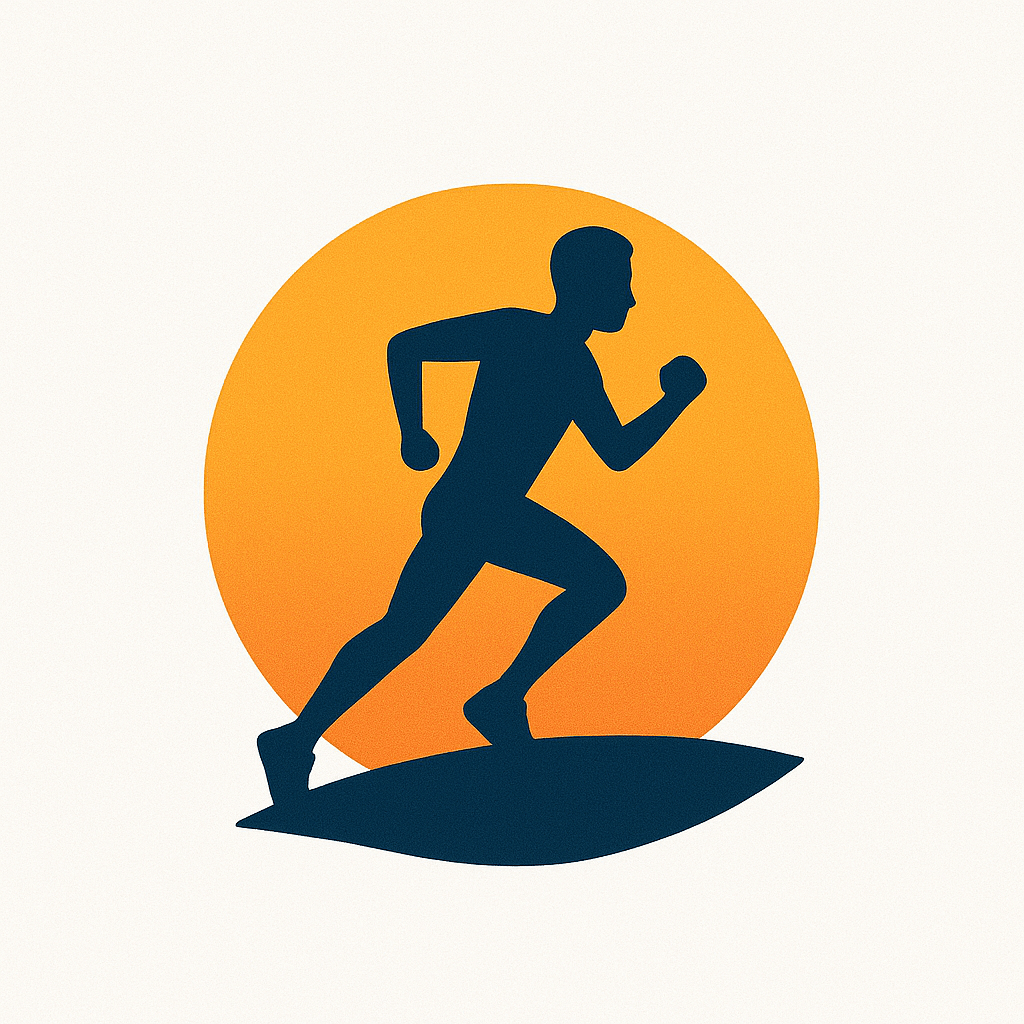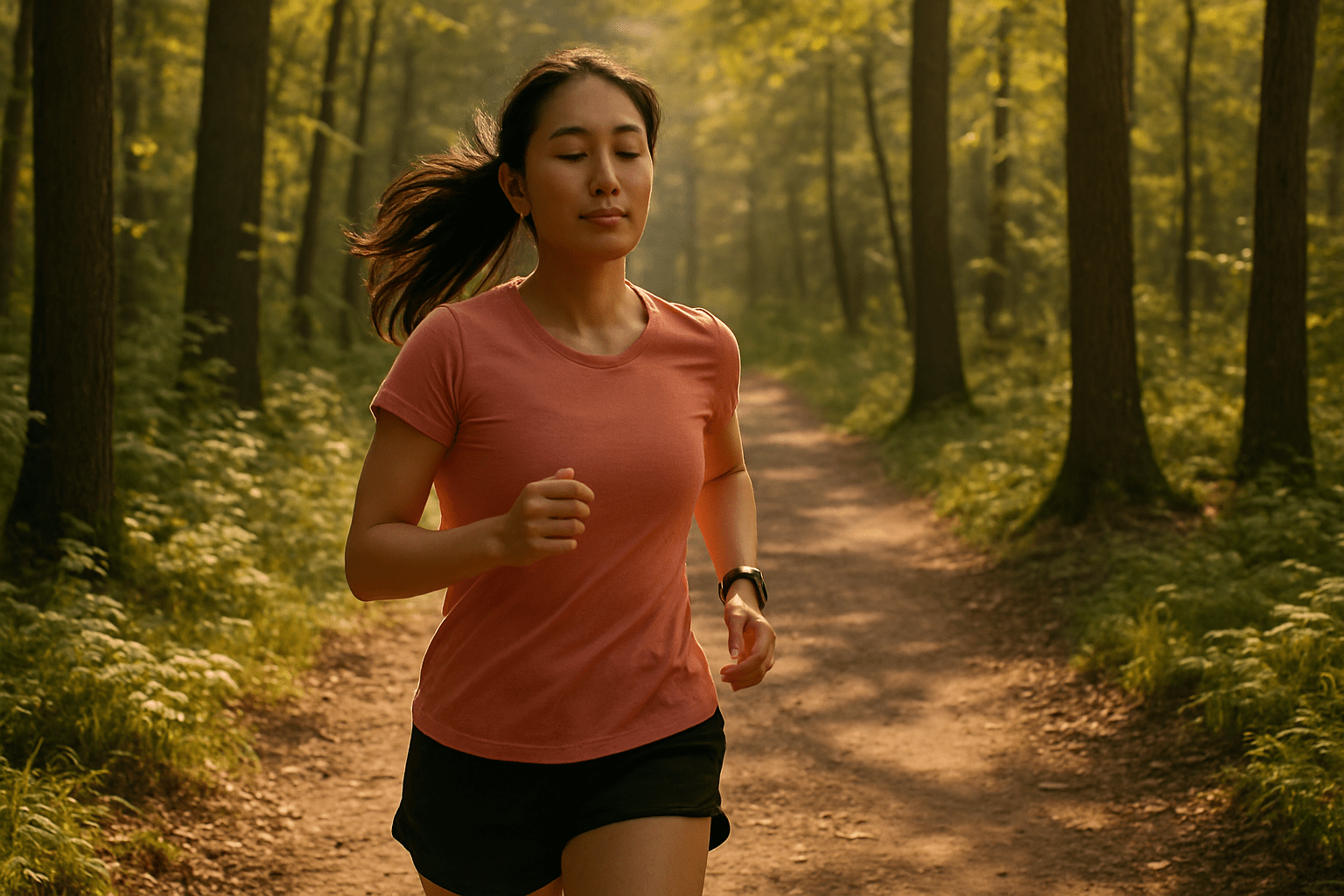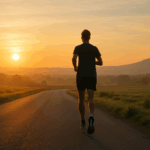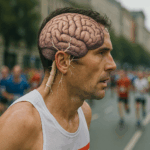🌬️ Introduction: That Floating Feeling You Can’t Quite Describe
Have you ever finished a run and felt… unstoppable? Not just energized, but light, blissful—like you could keep running forever? That warm rush of calm and euphoria has a name: runner’s high.
It’s one of the most talked-about experiences in the running world. Mysterious. Addictive. Elusive.
But what actually causes this high? Is it just a myth, or does science back it up? And more importantly—how can you tap into it more often?
Let’s demystify the runner’s high, unpack what’s happening inside your body and brain, and help you find your path to that euphoric state.
🧠 What Is Runner’s High—And Why Does It Feel So Good?
🏺 A Brief History of the Phenomenon
For centuries, people have spoken of a mental shift that happens during prolonged physical exertion. Ancient warriors, messengers, monks—even desert explorers—all described moments of inner peace, heightened awareness, and sometimes, even joy while in motion.
The term “runner’s high” entered popular use in the 1970s, when recreational jogging boomed. It was shorthand for that euphoric, blissful, deeply relaxed state some runners reported experiencing during or after long-distance efforts.
Today, we know that this isn’t just poetic—it’s physiological.
✨ The Typical Signs: Euphoria, Calm, Energy, Flow
Runner’s high doesn’t always look the same. But most people describe:
- A sense of deep relaxation or calm
- A feeling of happiness, like a natural high
- Reduced anxiety or pain
- A sense of “flow” where running feels effortless
- Sometimes even spiritual or meditative clarity
Not every run will get you there. But when it happens, it’s unforgettable.
🔬 The Chemistry Behind the High
💥 Endorphins vs. Endocannabinoids—Who’s Really in Charge?
For years, endorphins were crowned the kings of the runner’s high. These feel-good chemicals—natural opioids produced by the brain—spike during sustained aerobic activity. They reduce pain and create a mild euphoria.
But there’s a twist: endorphins are large molecules and can’t easily pass the blood-brain barrier. So scientists started looking elsewhere.
Enter: endocannabinoids. These are naturally occurring compounds in your body that resemble the active ingredients in cannabis. And unlike endorphins, they can cross into your brain.
One in particular, anandamide (nicknamed the “bliss molecule”), increases in the bloodstream after long runs. It’s now believed to play a major role in that relaxed, elevated post-run feeling.
🧠 The Brain on a Long Run: What’s Actually Happening?
During sustained aerobic effort, your brain shifts gears.
- Cortisol (your stress hormone) starts to drop.
- Serotonin and dopamine (your feel-good transmitters) rise.
- Blood flow increases to the prefrontal cortex—supporting calm decision-making.
- The default mode network, often associated with negative self-talk, quiets down.
It’s a biochemical symphony designed to make you feel better while moving. Nature’s way of rewarding persistence.
😌 Why You Might Not Feel It Every Time (and That’s Okay)
Here’s the thing: runner’s high isn’t guaranteed. Some days you might crush a 10K and feel… meh.
Why?
- Your sleep, nutrition, and stress levels all play a role.
- You might not run long or hard enough to trigger the chemical release.
- Your mind might be too distracted to notice subtle shifts.
And that’s totally okay. Every run doesn’t need fireworks. But understanding the variables gives you more control over your experience.
🏃♀️ How to Maximize Your Chances of Hitting the High
⏱️ The Ideal Conditions: Duration, Intensity, and Mental State
Most runner’s highs happen after about 45 minutes of moderate-intensity running. This sweet spot allows your brain chemistry to shift without overwhelming your body.
Intensity matters too. Too easy, and you may not activate the chemical cascade. Too hard, and your body goes into stress mode, which suppresses the feel-good effect.
Try:
- 45–60 minutes at a pace that feels challenging but sustainable
- Running in nature or quiet surroundings
- Limiting distractions to stay present
Consistency builds the foundation. Some people need a few weeks of regular running before experiencing their first real high.
🥗 Nutrition, Sleep, and Stress—The Invisible Factors
Your body isn’t a machine—it’s a system. And your brain chemistry responds to your overall health.
To improve your odds:
- Get quality sleep—your body heals and rebalances overnight
- Eat whole, nourishing foods—especially complex carbs and omega-3s
- Manage daily stress—high stress can mute your sensitivity to pleasure
When your body feels safe and supported, it’s more willing to reward you with those post-run bliss signals.
🧘 Flow State and Mindfulness While Running
Ever heard of flow? It’s that feeling of total immersion in an activity—time melts away, and you’re fully present. Runner’s high and flow state often go hand in hand.
To cultivate flow:
- Focus on your breath or your footfalls
- Use rhythmic music or silence
- Avoid overthinking pace, splits, or metrics
- Let your body lead—and your thoughts quiet
Mindfulness amplifies the effect. When you stop chasing the high and simply tune into the run, it often comes to you.
💫 Conclusion: You’re Wired to Feel Good When You Move
Here’s the beautiful truth: your body wants to feel good. It’s wired to reward movement with euphoria, peace, and presence.
Runner’s high isn’t a myth—it’s a message. A reminder that inside the effort, there’s freedom. Inside the motion, there’s stillness.
You don’t have to chase perfection or personal records. You just have to show up, run with intention, and give your body the chance to sing its chemical song.
Even when you don’t hit the high, the run still works. The stress lifts. The mind clears. And bit by bit, you reconnect with the strongest, calmest, most alive version of yourself.
So lace up. Breathe in. Go long. The high might be waiting on the next trail.






Leave a Reply